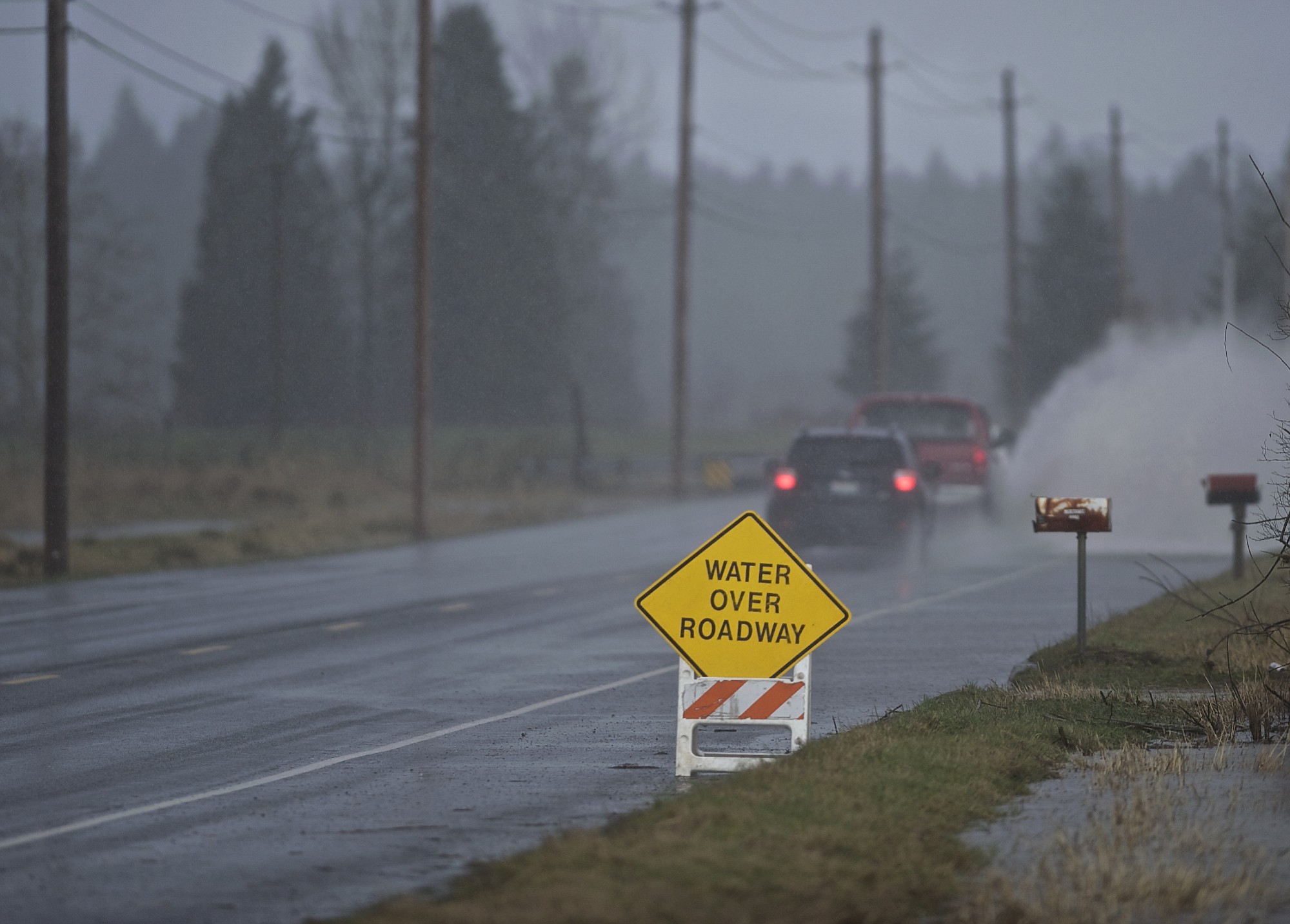Clark County and the Pacific Northwest may be in for a warm, dry winter, according to an annual prediction released Thursday by the National Oceanic and Atmospheric Administration.
Those conditions could further parch a state that’s already thirsty by many measures. Almost all of Clark County is considered “abnormally dry” by the U.S. Drought Monitor, and much of Eastern Washington is in moderate to severe drought.
A balmy winter with less rain won’t help. But as with any prediction — especially a long-term forecast — there are no guarantees, said Mike Halpert, acting director of NOAA’s Climate Prediction Center.
“Other outcomes are always possible, just less likely,” Halpert said in a conference call with reporters Thursday morning.
One factor confounding the forecast is a possible El Niño that’s been tantalizing scientists for months. Several indicators have long suggested the weather phenomenon could be brewing in the Pacific Ocean, but so far it hasn’t materialized.
Despite the uncertainty, there’s still a good chance El Niño will arrive in the next one to two months, and last into the spring, Halpert said.
El Niño typically brings the Northwest a winter that’s warmer and drier than usual, while delivering more precipitation to the southern United States. NOAA’s winter outlook this year largely follows that blueprint.
But if an El Niño develops, it will likely be a weak one, Halpert said. Scientists simply aren’t seeing all of the normal signals that would indicate a strong pattern, he said.
A warm, dry winter would be bad news for Washington’s water supply, said Dan Partridge, a spokesman for the state Department of Ecology’s Water Resources Program. That’s because much of the state’s water supply for irrigation and other uses is dependent upon snow piling up in the mountains during those months, he said.
“If a good, healthy snowpack is not predicted, it could very well mean problems for us next spring and summer,” Partridge said.
The timing of any impact may depend on where different communities get their water.
The city of Vancouver, for example, draws water from three main underground aquifers to serve more than 230,000 people. So does Clark Public Utilities, which provides water to about 30,000 customers in Clark County. Many residents use their own wells.
Places that depend on above-ground reservoirs and water sources would likely feel any shortage sooner, Partridge said.
“The groundwater supplies would be impacted, but not at the same time,” he said.
The state ecology department does not currently consider any part of Washington to be in a drought, Partridge said. Different agencies use different criteria to make such declarations. State officials continue to monitor conditions closely, he said.
Last year, fall and winter delivered a mixed bag for Clark County. Unusually dry conditions led to a sizable precipitation deficit early on. Then a shot of snow and ice blanketed the region in February.
Rain returned in the following months, but not nearly enough to make up for the early gap.
Last month, Vancouver finished the water year — Oct. 1 to Sept. 30 — more than 10 inches below normal in the rain gauge.
Will there be significant snow in Clark County’s future? That’s tough to say. Individual snowfalls are difficult to track more than a week ahead of time, Halpert said. That’s part of the distinction between weather (short-term) and climate (long-term).
Eric Florip: 360-735-4541; twitter.com/col_enviro; eric.florip@columbian.com




